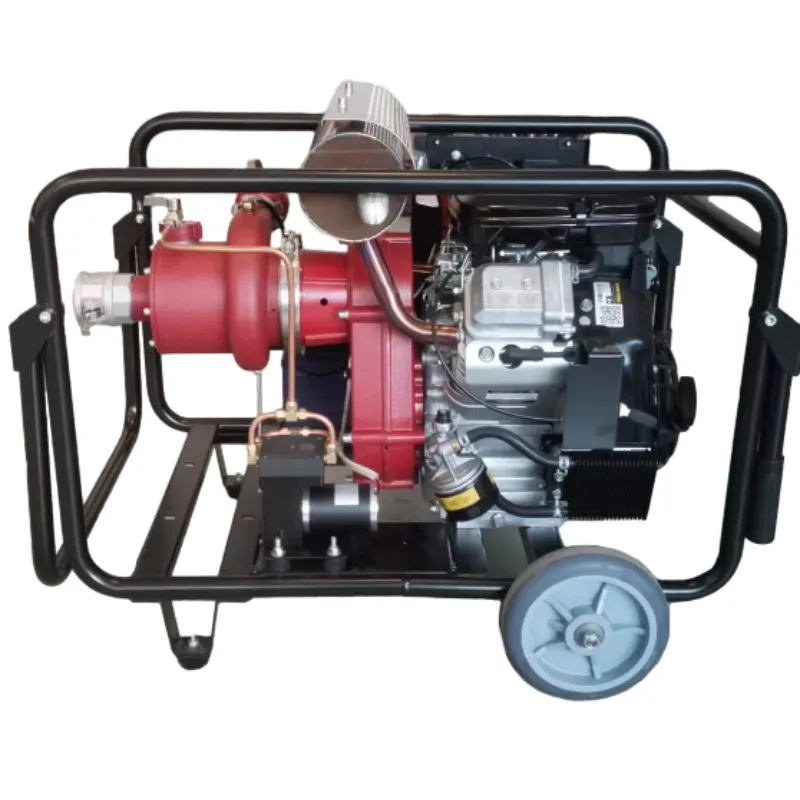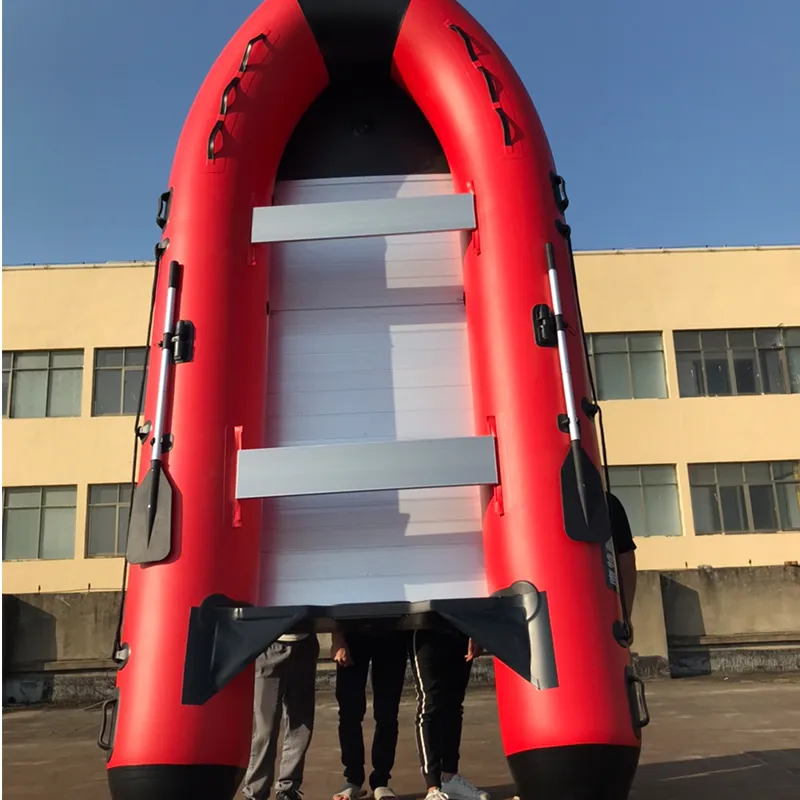

From an engineering perspective, designing a water mist system involves detailed analysis and precision. System designers conduct a thorough assessment of the facility, identifying potential fire risks and ensuring coverage throughout crucial areas. The design process encompasses selecting appropriate nozzle types, calculating nozzle placement and spacing, and specifying minimal water requirements, all tailored to meet the specific demands of the site. Furthermore, reliability is ensured through rigorous testing and maintenance routines, with comprehensive training provided to the end-users for operational insights. Compliance and standards are pivotal in ensuring the safety and effectiveness of fire protection systems. Water mist systems adhere to international and regional standards such as NFPA 750, which outlines the design and operational criteria for their implementation. Understanding these guidelines is crucial for architects, engineers, and facility managers in achieving certifications and legal compliance for their projects. Training for installation and maintenance of these systems adds another layer of expertise required for its successful deployment and operation. Regularly scheduled drills and workshops are essential in training facility personnel, ensuring they are well-versed with the system's functionality, including activation protocols and system checks. These efforts build trust and competence among staff, which is indispensable during real-life emergency situations. The insurance industry, recognizing the effectiveness of water mist systems, often offers lower premiums for buildings equipped with state-of-the-art suppression technology. This serves as a further financial incentive for industries to adopt such advanced systems. To encapsulate, the adoption of water mist fire fighting systems signifies a new era in fire safety, championing a move towards safer, efficient, and environmentally responsible fire suppression solutions. Through experiences, case studies, and expert testimonials, the industry acknowledges the significant advantages and peace of mind that water mist technologies provide, paving the way for a safer future. As businesses continuously seek innovative solutions for fire protection amidst evolving challenges, water mist systems not only meet but surpass expectations, marking a pivotal evolution in risk management and safety protocols.





























